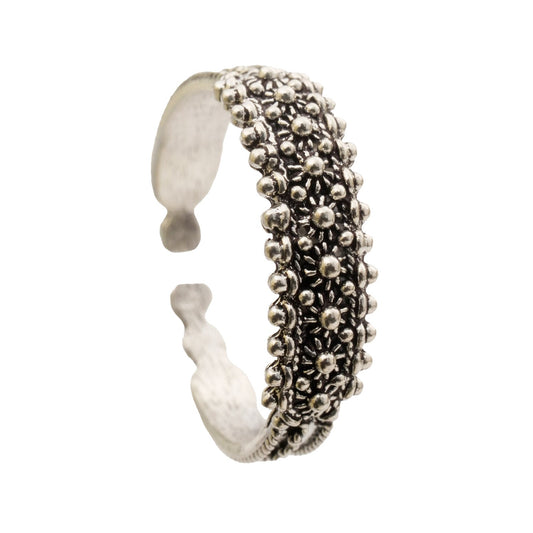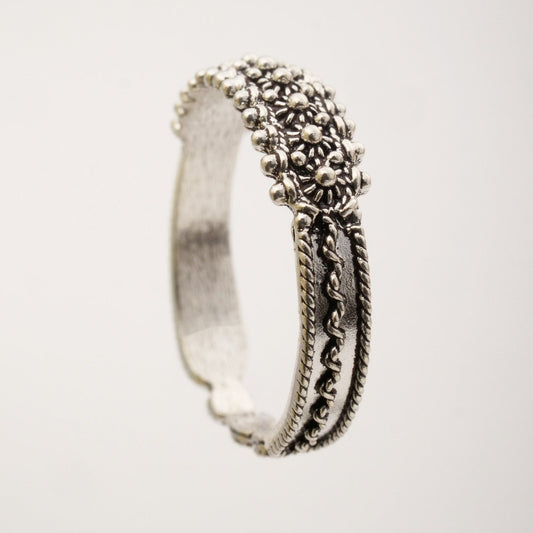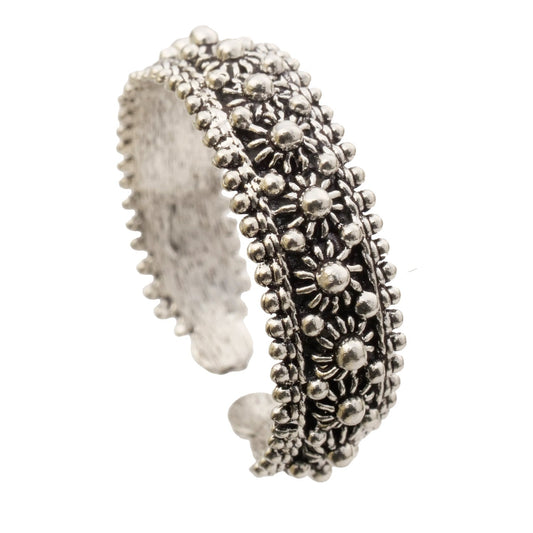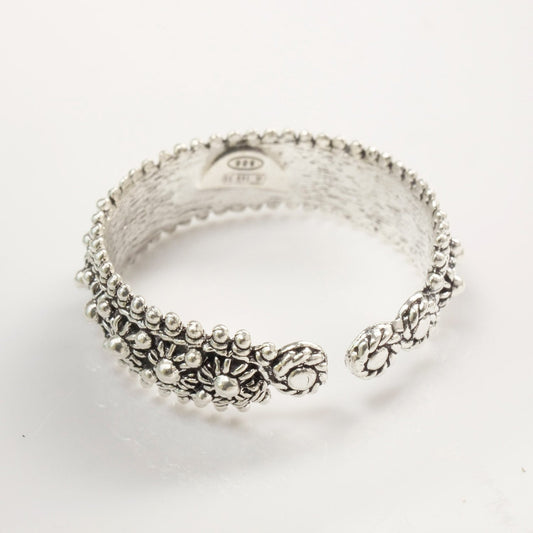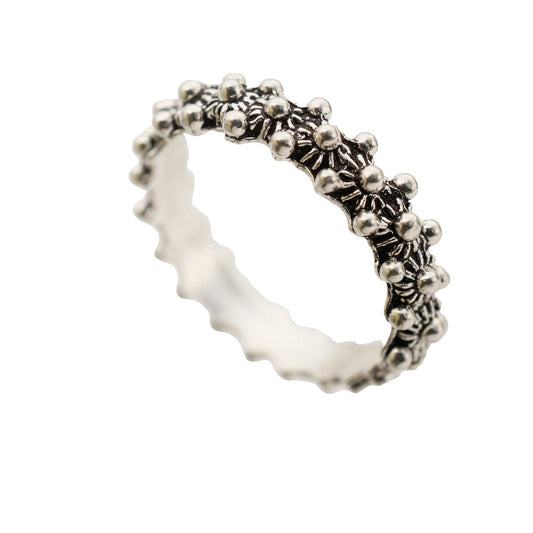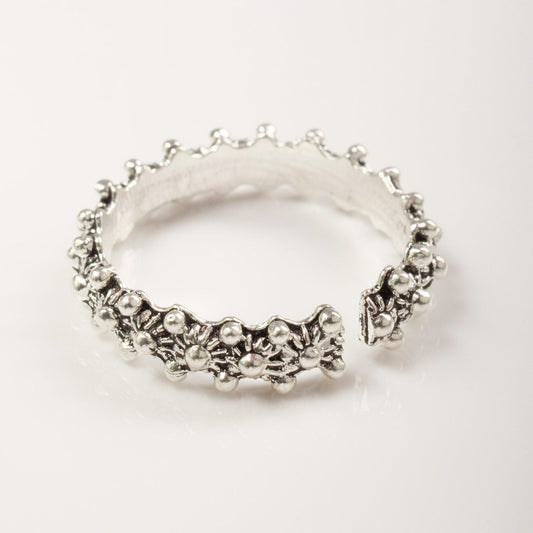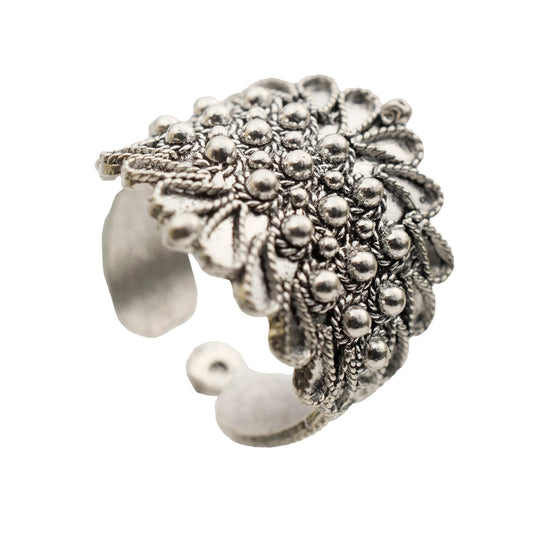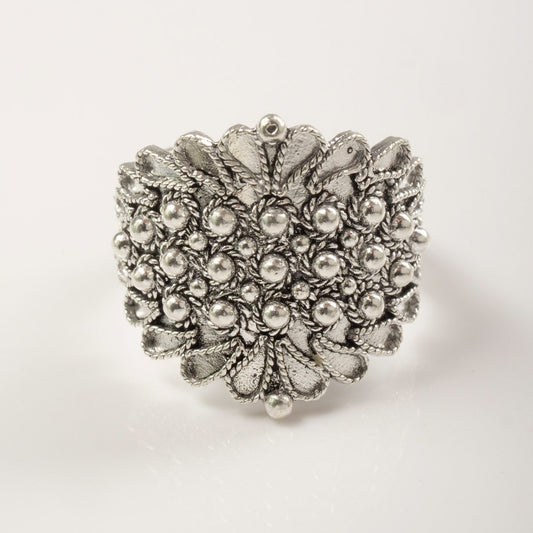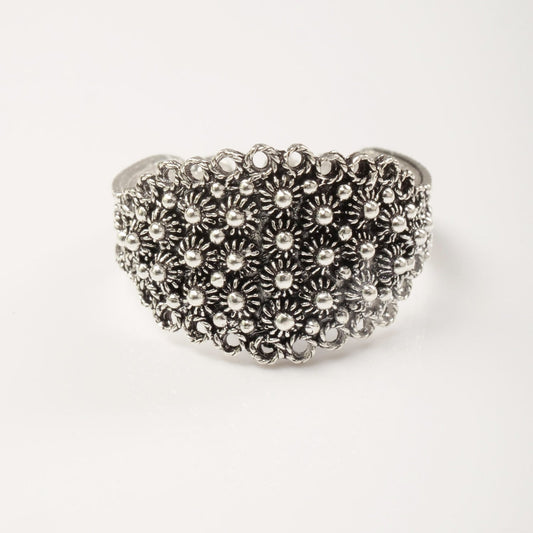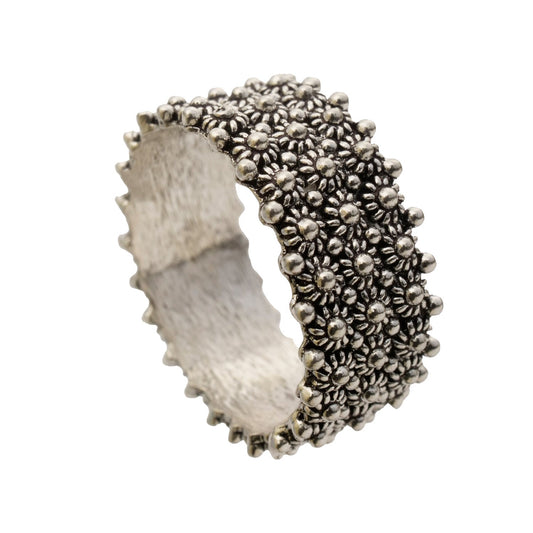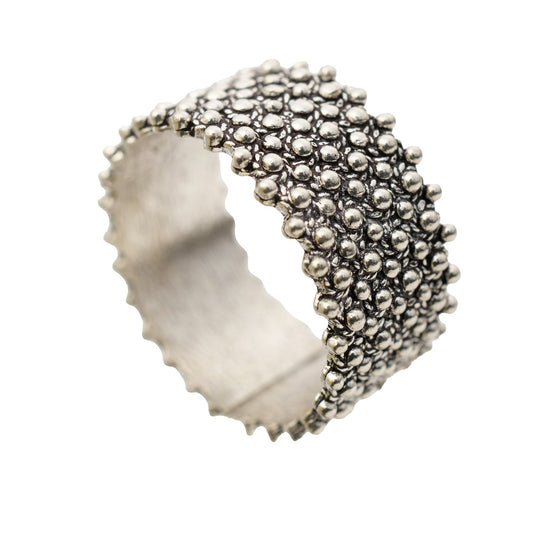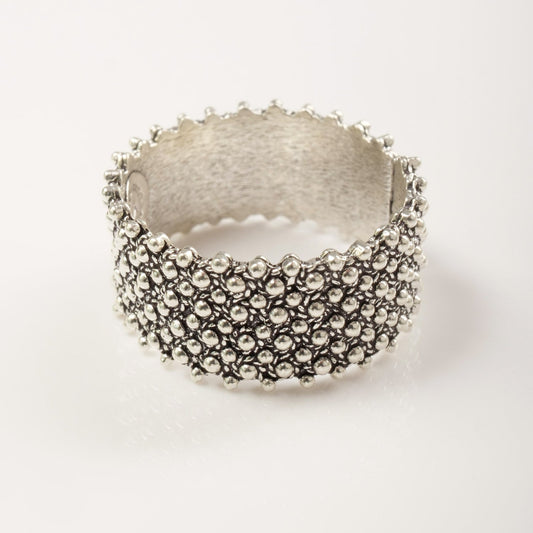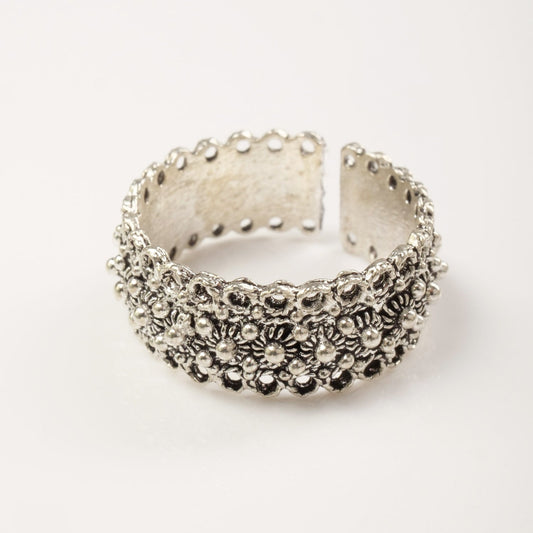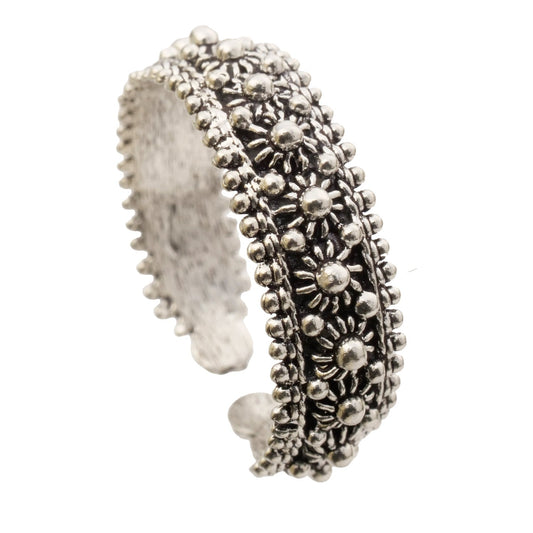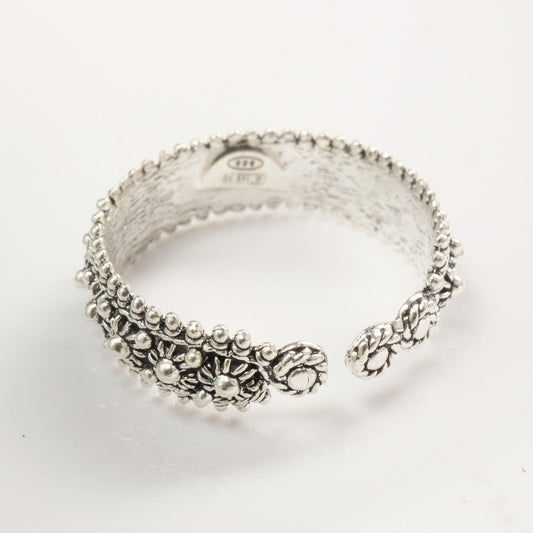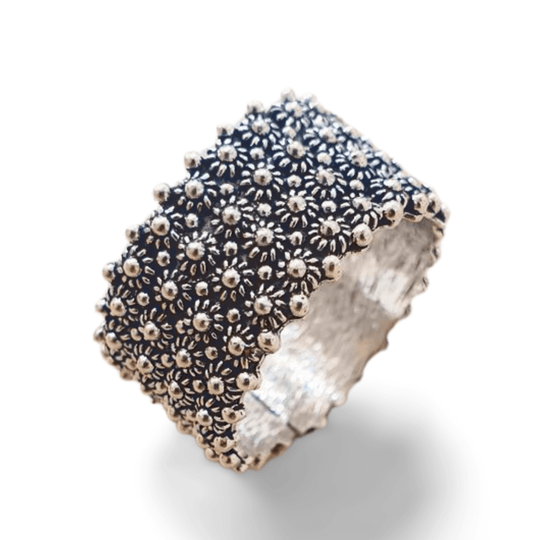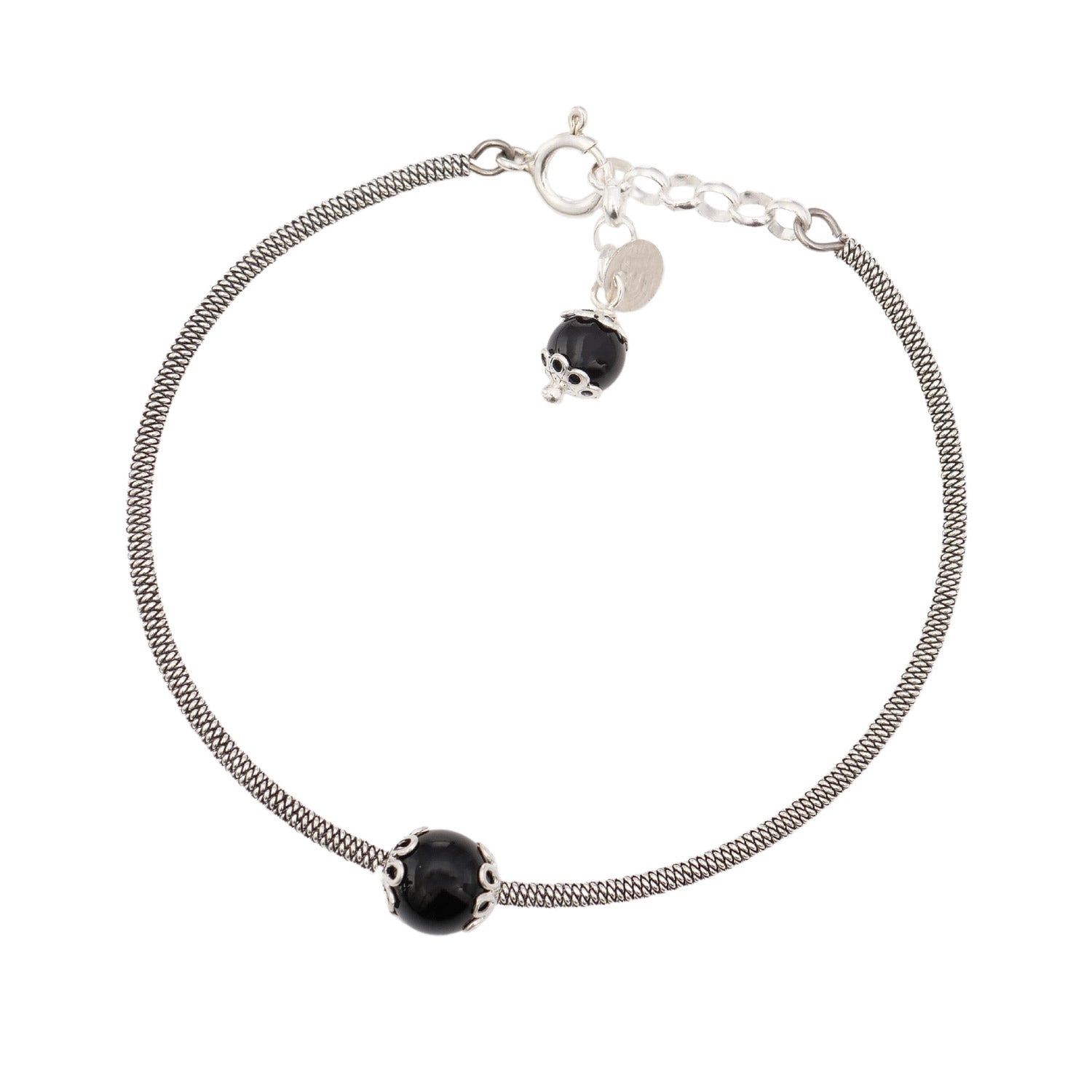The "Fede Sarda" is born from the ideal fusion of the ancient and contemporary worlds, where tradition intertwines with human craftsmanship, and the expertise passed down meets the technical skill of master goldsmiths.
Silver "Fede Sarda"
-
Silver "Fede Sarda"
Regular price €19,50 EURRegular priceUnit price / per -
Silver "Fede Sarda", 1 wire
Regular price €27,00 EURRegular priceUnit price / per -
"Fede Sarda" in silver filigree, 1 wire
Regular price €22,50 EURRegular priceUnit price / per -
"Fede Sarda" in filigree, 3 wires
Regular price From €45,00 EURRegular priceUnit price / per -
Silver "Fede Sarda", Campidanese style, 4 threads
Regular price €42,00 EURRegular priceUnit price / per -
Silver "Fede Sarda", 3 threads
Regular price €48,00 EURRegular priceUnit price / per -
Silver "Fede Sarda" with 4 threads
Regular price From €42,00 EURRegular priceUnit price / per -
"Fede Sarda" in silver filigree
Regular price From €36,00 EURRegular priceUnit price / per -
Silver "Fede Sarda", 1 thread
Regular price From €27,00 EURRegular priceUnit price / per -
Silver "Fede Sarda", model Barbaricino 4 threads
Regular price €66,00 EURRegular priceUnit price / per
Che significato ha la fede sarda?
-
Gioiello simbolo della Sardegna è s’aneddu a granos, meglio conosciuta come Fede sarda: può avere più file di stelline (molla girata su se stessa), o di canottigli (cerchietti in filigrana), chiamati così a seconda della zona geografica. Ogni pezzo esprime l'appartenenza a una determinata area, a un paese, a una zona.
L’anello si distingue dalla grandezza della granulazione dei pallini che si susseguono in file parallele o per il diverso orientamento delle foglioline (simili a virgolette) che chiudono e determinano l’andamento curvilineo del disegno, paragonabile a un merletto.
In origine, le file erano solo tre o quattro, ma nel tempo la tradizione si è evoluta verso modelli più grandi.
-
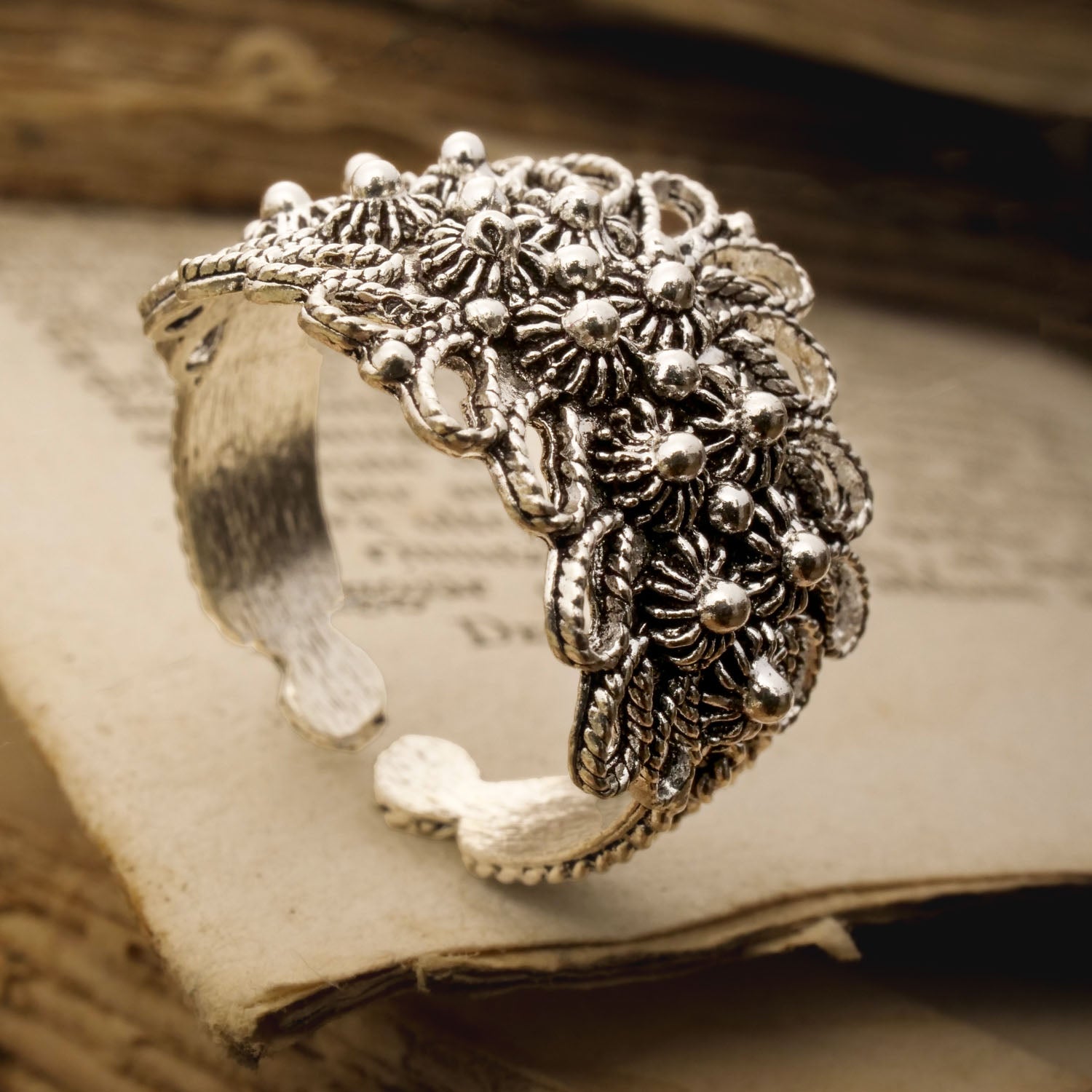
Fede Sarda in Argento
La Filigrana Sarda
-
La geografia dell’anello in Sardegna
L'anello è molto presente, a livello di oreficeria popolare, in tutta l'isola.
É realizzato con varie tecniche e materiali, tra cui spicca la filigrana; nei modelli più antichi, si notano spesso pietre incastonate soprattutto con tecnica a dentelli ribattuti. Quanto alle pietre, sono spesso semipreziose, oppure sono sostituite da vetro colorato.Piuttosto diffuso, come dono di fidanzamento, un tipo particolare di anello in lamina che porta incise, sulla parte superiore, due mani che si stringono, denominato maninfide; un tipo analogo era molto diffuso fin dal mondo antico romano.
Nel Sarrabus (Sardegna Sud Orientale), oltre agli anelli in oro con pietre e coralli, erano diffusi quelli a castone piatto con incisa la lettera «R» e altri motivi decorativi, come ad esempio una chiave (che simboleggiava il buon governo della casa).
Anche nella Trexenta (Sud Sardegna) è diffuso l'anello, ma la donna per tradizione ne porta al massimo tre. Diffuso è anche l'anello del tipo comunemente indicato “a giardinetto”, con castone piatto, in lamina a volte traforata, circolare o quadrato. Questo tipo di anello è comune ad Orgosolo (provincia di Nuoro), dove è denominato aneddu de punta, e porta incastonate numerose pietre policrome che fanno corona ad una pietra centrale di maggiori dimensioni: il metallo impiegato in prevalenza è l'argento.
-

Gioielli Sardi
-
Breve storia dei metalli preziosi in Sardegna
Come per il vestiario tradizionale, anche l'oreficeria ci regala una grande varietà di manufatti, differenziati nei secoli secondo i bisogni delle diverse classi sociali, con una prevalenza dei materiali di importazione rispetto a quelli locali. Il metallo di uso più frequente è l'argento, abbondantemente presente nell'isola a differenza dell'oro che, seppur presente, lo era in quantità decisamente inferiore.
In Sardegna, l'oro veniva estratto fino all'inizio del ‘900 principalmente in due località: a Montalto, presso Lula, tra i monti Saraloi e Turuddo, da una piccola miniera in seguito abbandonata quando l'estrazione divenne antieconomica, e intorno a Montevecchio, presso Guspini (Sud Sardegna): anche nella seconda località l'estrazione dell'oro cessò per motivi economici.
La miniera di Montevecchio potrebbe essere la stessa dalla quale fu estratto l’oro utilizzato per realizzare i manufatti di oreficeria della necropoli di Nora (zona archeologica vicino a Pula, frequentata già dai fenici e dai cartaginesi tra VIII/VI secolo a.C) e Tharros (colonia fenicia dell’VIII/VI secolo a.C. in provincia di Oristano). -
Molto più abbondante nell'isola è invece l'argento, con giacimenti localizzati lungo la fascia occidentale dell'isola (ricordiamo i resti dell'Argentiera, vicino a Sassari, attualmente in disuso) e nell'Iglesiente.
Ed è senz'altro da ricercare nell'abbondanza di argento il motivo della stragrande prevalenza in Sardegna dei manufatti in argento rispetto a quelli d'oro; inoltre, negli Statuti delle potenti corporazioni dei fabbri, definiti come argenters nel XVII secolo, rivendicavano la maggior parte dell'argento estratto nell'isola per sé e per la propria attività, e avevano costituito centri di produzione artigianale particolarmente importanti a Cagliari, Iglesias, Oristano, Bosa, Alghero e Sassari.
Presente in modo massiccio la filigrana sia d'oro che d'argento, che costituisce uno degli aspetti più importanti dell'oreficeria popolare della Sardegna, con una vastissima gamma di tecniche e di applicazioni.

